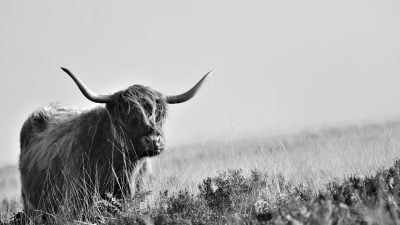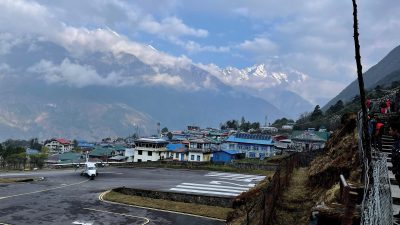Home / Australia & South Pacific / Fiordland National Park –…
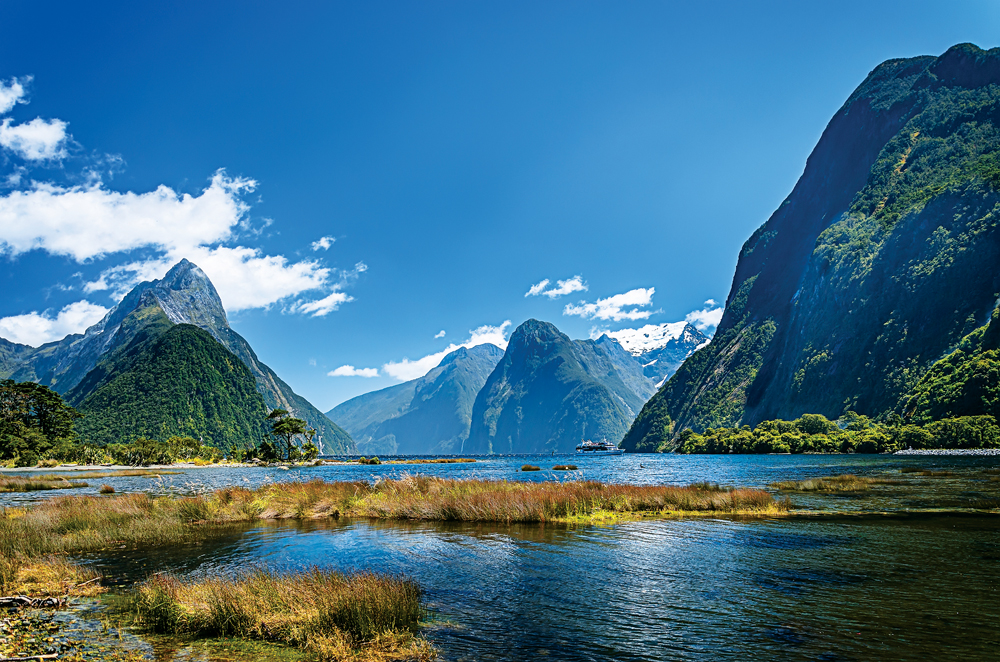
Fiordland National Park – A New Zealand Vacation Wonderland
As you’ll discover, on your New Zealand vacation, the scope of natural beauty and wildlife offered is magnificent. It can be seen just about everywhere. Located in the southwest corner of the South Island, just 2 hours by road from Queenstown or Invercargill, lies New Zealand’s largest national park, Fiordland National Park.
Established in 1952, Fiordland National Park offers stunning fiords, spectacular waterfalls, snow-capped peaks, ancient rainforests clinging to the mountain sides, and shimmering lakes. The west coast is deeply indented by 14 fiords stretching over 215 kilometres/135 miles of coastline.
The main towns are Te Anau and Manapouri, where a wide range of accommodation can be found in both. At Milford Sound, the only fiord accessible by road, there is a backpackers’ lodge.
What Exactly is a Fiord?
A fiord is defined as a u-shaped glacier-carved valley which has been flooded by the sea. The 14 fiords here were 100,000 years in the making, with the final details added during the most recent ice age just 10,000 years ago. On all sides of the fiords, spectacular waterfalls tumble incessantly as the region’s plentiful rainfall finds its way to the sea.
Ice has carved islands from the mainland leaving two large uninhabited offshore islands, Secretary Island and Resolution Island. Several large lakes lie wholly or partly within the park’s boundaries, notably Lake Te Anau, Lake Manapouri, Lake Monowai, Lake Hauroko, and Lake Poteriteri. The Sutherland Falls, to the southwest of Milford Sound on the Milford Track, are among the world’s highest waterfalls.
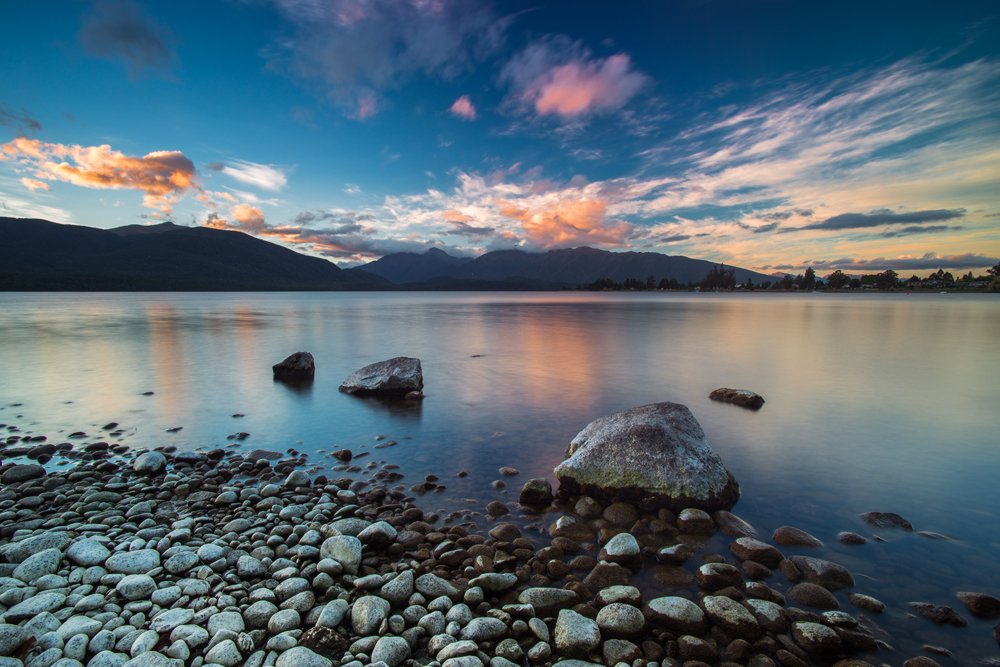
Some Background on Fiordland National Park
Human activity within Fiordland has been limited. Early Maori hunted here, caught fish from the sea, and gathered pounamu (New Zealand jade) from the rivers. Much later, European sealers and whalers took shelter in the fiords and built small settlements in some locations, but overall, the sheer steepness of the terrain, the incredible isolation, and the wettest climate in New Zealand deterred all but the hardiest from settling here.
Walking in Fiordland
A 500 kilometre/310 mile network of walking tracks allows visitors on their New Zealand vacation to explore this wonder world of mountain peaks, alpine lakes, and moss-carpeted valleys, giving this area a reputation as the “Walking Capital of the World.” Three of New Zealand’s great walks are to be found in the Fiordland National Park. The most famous and most popular is the Milford Track, which takes five days to complete. The Kepler Track is a circular route that can be completed in four days, and the Routeburn, which crosses into Mount Aspiring National Park, generally takes three days. The dramatic Hollyford Track explores undisturbed and inspiring scenery which can be done with an expert guide through the landscapes, vegetation, and wildlife. The Department of Conservation provides more than 50 hikers’ huts in the park.
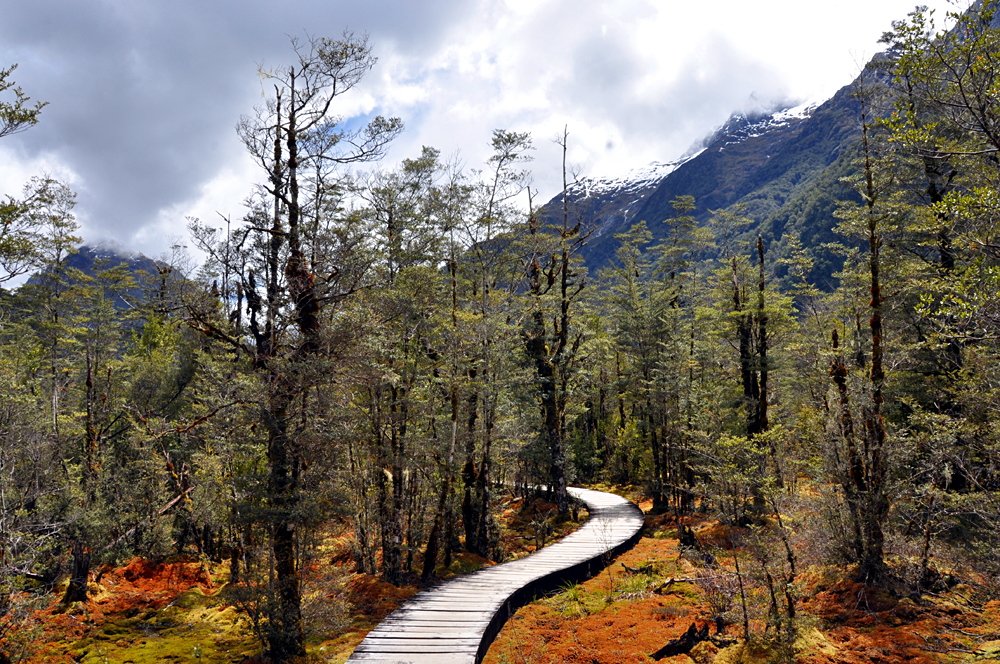
Cruising in Fiordland
If you want a more leisurely way to enjoy the spectacular scenery, then a cruise is the way to go. Described by Rudyard Kipling as the “Eighth Wonder of the World,” cruising along the Milford Sound gives you the opportunity to take in the splendour of the region. Animal fans will see mammals and sea creatures, including dolphins that love to put on a show and penguins that waddle across rocks. You will see dramatic sheer cliffs, massive waterfalls, glaciers, and rainforest. Keep a look out for wildlife like seals basking on the rocks. Cruises usually last approximately 90 minutes, during which you will see some of the most spectacular sites nature has to offer. If time is available, consider an overnight cruise.
You can also take a cruise to Doubtful Sound, the second largest fiord, which is an unspoilt and remote wilderness. Cruise across beautiful Lake Manapouri and then take a coach over Wilmot Pass to Deep Cove, where you board a catamaran for a 3-hour cruise taking in the dramatic scenery of Doubtful Sound. It is home to abundant wildlife and you may see bottlenose dolphins and fur seals at play or catch a glimpse of a rare Fiordland crested penguin. With no direct road access, this is the only way you can view Doubtful Sound on your New Zealand vacation. This isolation makes the fiord a very special place. To really experience this fiord, spend an unforgettable night on board.
Another consideration is a 3-hour cruise on Lake Te Anau, the largest of the southern glacial lakes. The main body of the lake has three large fiords which reach out from its western side. These arms are called North Fiord, Middle Fiord, and South Fiord. Rolling hill country characterizes the eastern side of the lake, while the western side is a magnificent wilderness of forest and mountains.

Take a Tour from Queenstown
Your New Zealand vacation takes you on a full day tour from Queenstown. Here your journey will take you along the edge of Lake Wakatipu, beneath the rugged Remarkables to Te Anau, where you enter Fiordland National Park, pausing at Mirror Lakes before passing through Hollyford Valley. The road then climbs to enter the Homer Tunnel, emerging above the Cleddau Valley, before descending to Milford Sound.
The Park’s Flora and Fauna
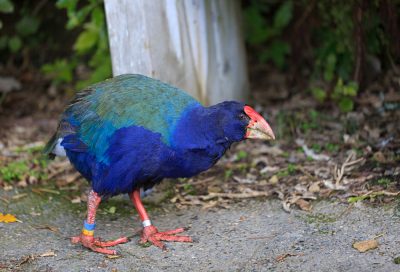
The variety of terrain in Fiordland supports a diverse range of flora and fauna, with many developing in relative isolation. Plants and animals have evolved to be completely unique to this area. Much of Fiordland’s forest clings to steep faces of hard rock covered only by a thin layer of rich, peaty humus and moss. Beech forest is dominant with red mountain beech growing around the eastern lakes and in the Eglinton Valley. Silver beech is widespread. In the wetter areas, shrubs, tree ferns, mosses, and lichens grow. Above the 100 metre/390 feet bush line, snow tussocks dominate with alpine daisies, buttercups, and other flowers. Bottlenose dolphins, New Zealand fur seals, Fiordland crested penguins and little penguins are resident in the fjords. The Takahe is an example of a bird that developed to be much larger and flightless compared to its distant cousins. It was in fact thought to be extinct for more than 40 years before it was rediscovered in the mountains of Fiordland in 1948. Fiordland is also the refuge for the world’s only flightless parrot, the Kakapo. To see some of the endangered bird species that live in Fiordland, visit the local wildlife centre.

Other Attractions in Fiordland
As an alternative to a cruise on Milford Sound, take a scenic flight from Te Anau, which can also be combined with a cruise and a coach journey back. Scenic flights are also available to Doubtful Sound, giving you a view down the fiord towards the Tasman Sea, returning over Lake Manapouri.
The Te Anau Glowworm Caves are a place to view and learn about this geological wonder. By geological standards, the caves are very young (12,000 years) and are still being carved out by the force of the river that flows through them. The result is a twisting network of limestone passages filled with sculpted rock, whirlpools, and a roaring underground waterfall. Deep inside the cave, you are taken by a small boat into a silent hidden grotto inhabited by thousands of glowworms – unique to New Zealand. They produce a glittering display that is nothing short of extraordinary.

This amazing, impressive, and breathtaking experience is a must for any Globetrotter on a New Zealand vacation, who makes the visit to the South Island.
Get more travel inspiration by email.
Subscribe
0 Comments

Get the latest travel trends & hear about the best deals on vacations around the world.
If you’re a Globetrotter, these are the newsletters for you!
